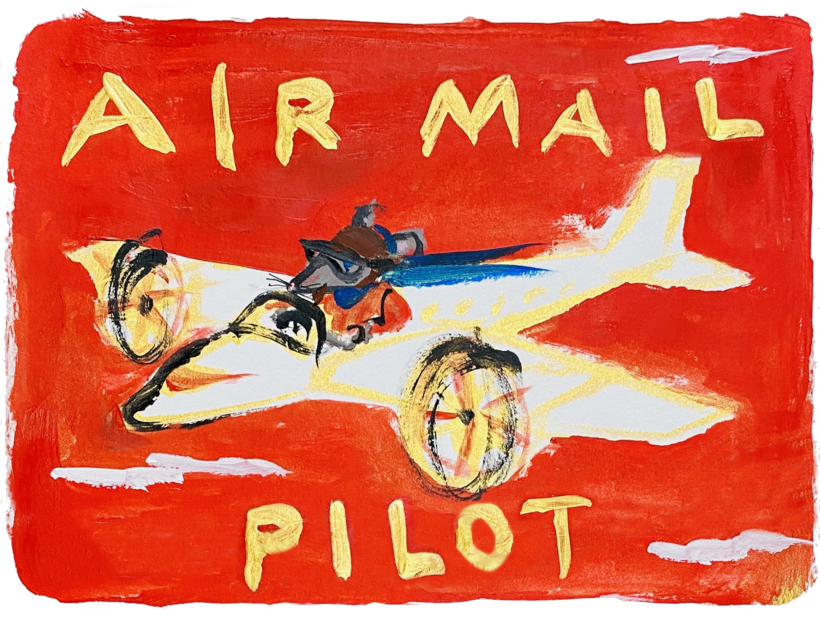Paw Patrol

The phrase “man’s best friend” is well earned by Boncuk, a devoted dog that spent six days waiting outside a hospital in Trabzon, Turkey, where her owner was being treated.
Boncuk, a small white dog whose name means “bead” in Turkish, first followed the ambulance that transported her owner, Cemal Senturk, to the hospital on January 14.
Then, once Senturk was admitted, Boncuk made daily visits. Muhammet Akdeniz, a hospital security guard, told Demirören News Agency, “She comes every day around 9am and waits until nightfall. She doesn’t go in.” But, he added, when the exterior glass door slides open, “she pokes her head inside.”

Senturk’s daughter, Aynur Egeli, said she took Boncuk home on several occasions, but each time Boncuk would wind up back at the hospital.
While recuperating, Senturk spoke with the local news agency about Boncuk, his companion of nine years, explaining, “She’s very used to me. And I miss her, too, constantly.”
Finally, on January 20, Senturk was discharged in a wheelchair. A video of the reunion shows Boncuk’s tail wagging furiously and her playfully nipping at Senturk’s toes, as if to pull him along. Dogs, Senturk said, “bring joy, make people happy.”
Bear Necessities

Carbon Fin-Print

Whales are surprising heroes in the fight against climate change. Their big bodies accumulate large amounts of carbon over their lifetimes, averaging more than 60 years, with a great whale building up about 33 tons of carbon. And when it dies, it sinks to the bottom of the ocean, where that carbon stays locked away, effectively removing it from the atmosphere for centuries.
And whales play another valuable role in reducing excess carbon. When they come to the surface of the sea to breathe, they also excrete, squirting out lots of iron and nitrogen in the water. These are precious nutrients that encourage the growth of phytoplankton, microscopic algae that absorb carbon dioxide for their photosynthesis. And with vast numbers of phytoplankton in the oceans, they capture astonishing amounts of carbon, about 40 percent of all the CO2 emitted each year, and four times the amount absorbed by the Amazon rain forest.

Whales churn nutrients around the oceans. As they move up and down, they drag up minerals to the surface, and on their long migrations across the oceans they act as conveyor belts for nutrients.
The problem is the population of whales across the world was hurt by the whaling industry, and it is estimated their numbers are only a quarter of what they once were, with blue whales’ numbers reduced to just 3 percent. Although the scale of whaling is a fraction of what it was decades ago, whales now face big threats from pollution, plastic waste, fishing nets and underwater noise.
According to an International Monetary Fund report, if whale numbers could be boosted the benefits would be immense. Recovering from about 1.3 million today to their pre-whaling numbers of 4 to 5 million, would be a huge boost to phytoplankton. At the very least, just a 1 percent boost in phytoplankton productivity would capture hundreds of millions of tons of additional CO2 a year, equivalent to 2 billion mature trees.

